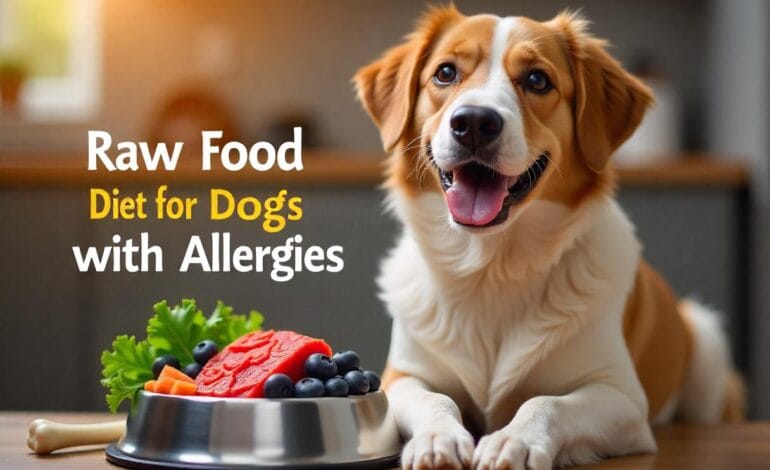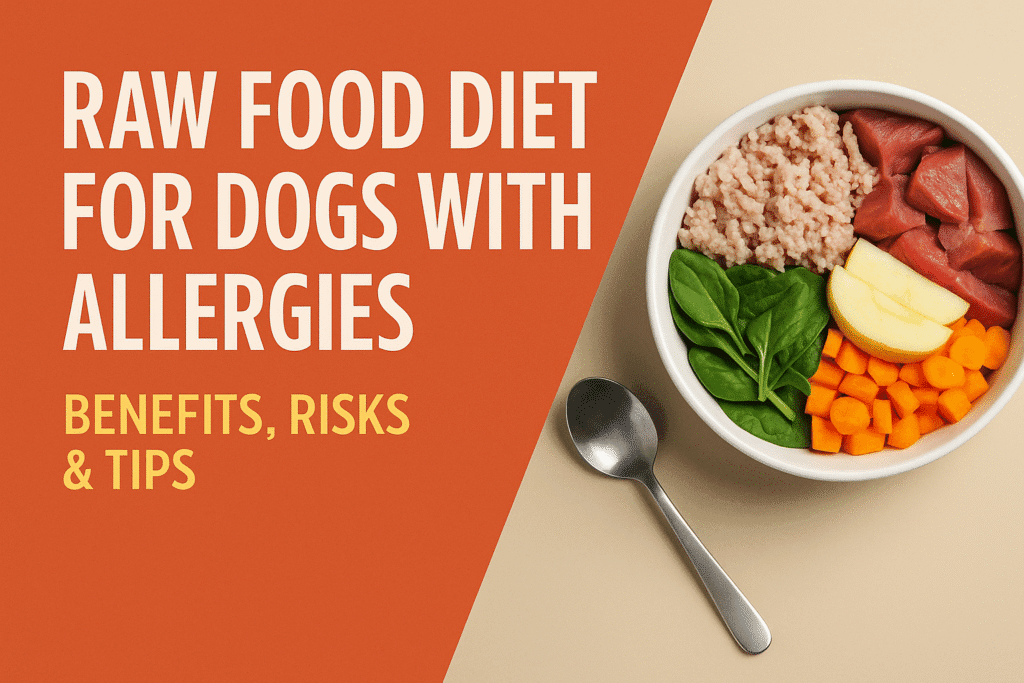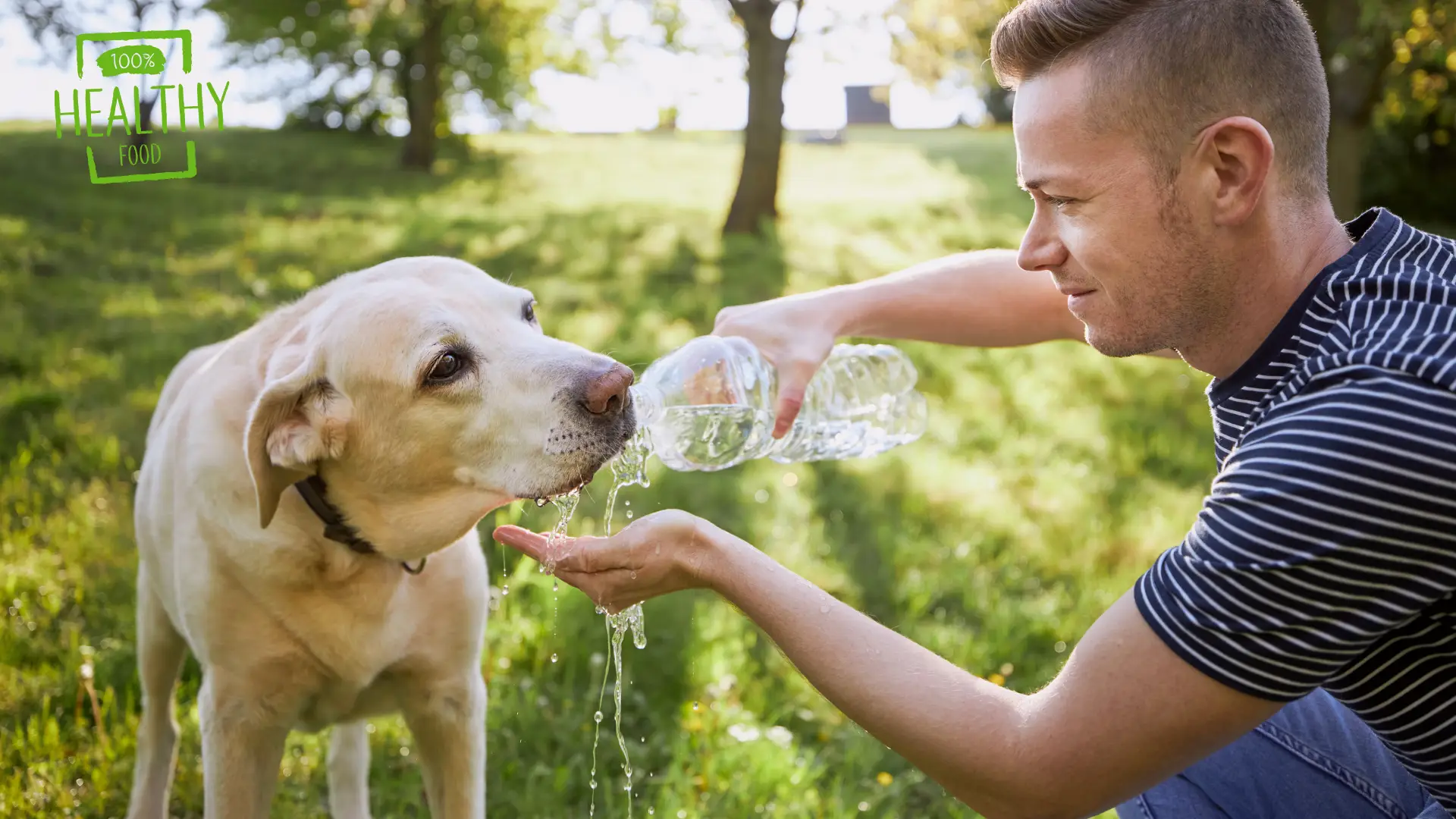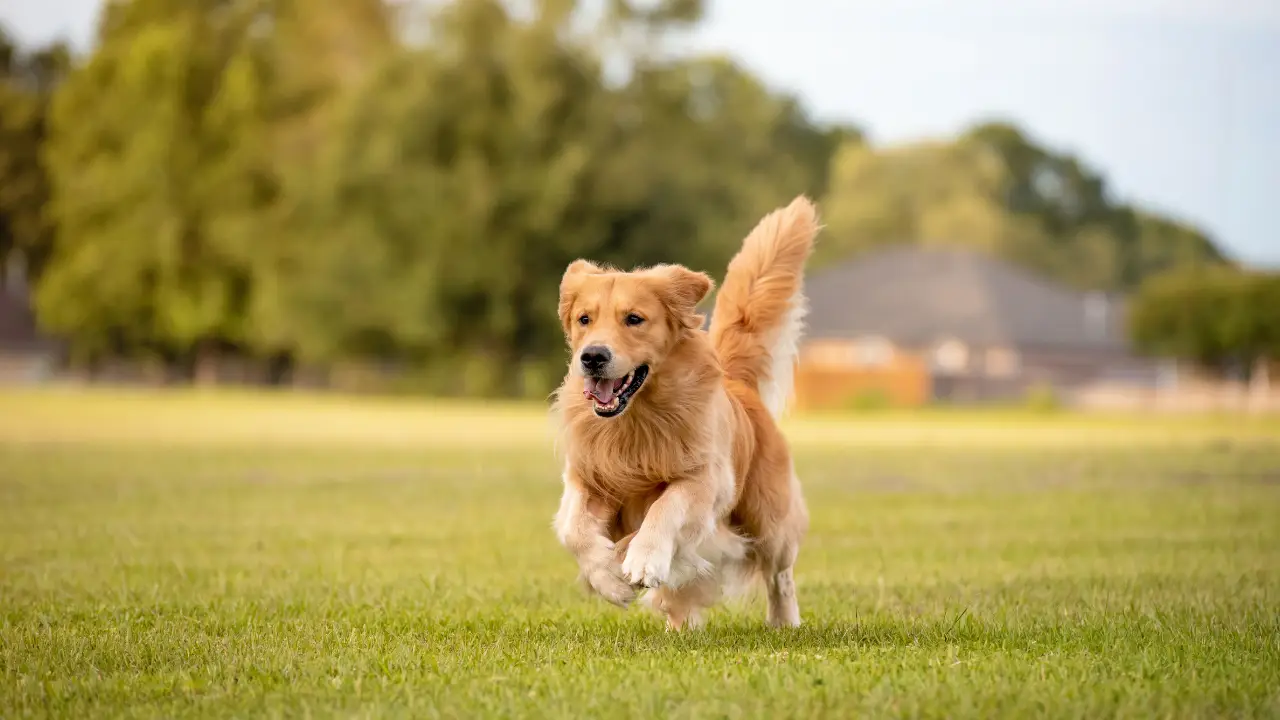
Raw Food Diet for Dogs with Allergies: Benefits, Risks & Tips
I’ve had dogs all my life. Big dogs, goofy ones, stubborn ones—you name it. But nothing hit harder than seeing my boy constantly scratching, licking, and rubbing his face against the couch like something was crawling on him. The vet called it a food allergy. I just called it frustrating. We tried the usual fixes. Switched shampoos. Got prescription kibble. Added fish oil. It helped for a bit, then we were right back to itchy skin, red ears, and sleepless nights. I knew something had to change. That’s when I started digging deep into the idea of a Raw Food Diet for Dogs with Allergies.
At first, I was skeptical. I’d read stories online about dogs getting worse. One post titled “Dog itchy on raw food” really stuck with me. I didn’t want to trade one problem for another. But the more I read, the more it made sense. Kibble had fillers and grains that didn’t sit well with allergy-prone dogs. Maybe raw food could help heal from the inside out.
So, I made a plan. I worked with my vet, found clean meat sources, and started slow. I made homemade recipes with turkey, spinach, and a few safe fruits. Within a few weeks, the change was real—less itching, more energy, and no more red, angry skin.
This blog is my honest take on the Raw Food Diet for Dogs with Allergies. I’ll break down what worked, what didn’t, and how to do it safely. If you have a hypoallergenic dog, or you’re just tired of chasing solutions for skin allergies, you’re in the right place.
Let’s talk raw—no fluff, no fear, just experience.

Benefits of a Raw Food Diet for Allergic Dogs
I’ve been there—watching my dog scratch like mad, his skin red and inflamed. I tried everything: kibble after kibble, hypoallergenic diets, and everything in between. Nothing worked. Then I switched to a Raw Food Diet for Allergic Dogs, and it turned everything around.
Here’s how:
- Fewer allergic reactions
Most commercial dog foods, including the so-called hypoallergenic dog formulas, can harbor ingredients that are allergenic. As soon as I put my dog on a raw food diet, all those fillers—wheat, soy, corn—disappeared. My dog’s itching began to fade over a period of time.
- Healthier, smoother skin
The change most apparent was in his coat. His irritating itchiness in his skin eased. No longer did he have to gnaw at his paws or scratch at his ears. Raw food gave him the nutrition that he needed, and his coat went from dull to shiny and smooth.
- Improved digestion
Dogs with skin allergies usually have digestive issues as well. Once he made the transition to raw food, his stools solidified, and he no longer made gas anymore. It was like everything was functioning differently.
- Increased energy and improved mood
Once your dog isn’t scratching all the time, they just feel better. My dog’s energy level increased tenfold. He played more, was more attentive, and he just had a better attitude.
When people say “dog itchy on raw food”, I know what they mean. The transition is not always perfect, but if you stick with it and observe carefully, you will see differences. I started with simple raw food diet recipes for dogs with allergies and adapted accordingly.
The raw food diet was no magic pill, but it did a miracle. I’m glad I switched.
Risk of a Raw Food Diet for Dogs with Allergies

I support the raw food diet for dogs with allergies, but tell me, it’s not complete rainbows and wagging tails. When my dog went on raw food, I was a optimist, but I realized quickly there were a couple risks I had to be aware of. Here is what I learned from my personal experience:
- Bacterial risks (e.g., salmonella, E. coli)
Raw meat can be contaminated with harmful bacteria. At first, I was worried about salmonella or E. coli contamination and did not want to infect my dog. What assisted me was taking extra precautions during preparation. I handled the raw food with special care, washed my hands afterwards, and cleaned surfaces. Trust me, you do not want to skip this step.
- Nutritional imbalance
Raw feeding can be wonderful, but it’s not exactly as simple as tossing meat into a bowl. I found out pretty early on that my dog needed more than protein alone. If I didn’t use the right mixture of veggies, organs, and bones, I might have actually been feeding him an incomplete diet. I consulted with a pet nutritionist so that I was certain I was providing everything that he needed. If you are new to raw feeding, this is crucial.
- Choking on bones
I love to feed my dog raw bones, but not all bones are safe. I learned this the hard way. Bones like chicken wings or necks are okay because they’re soft and chewy, but all bones are not created equal. Some will splinter and cause choking. Be always cautious and observe your dog closely while eating.
- Not safe for every dog
Raw food is not suitable for every dog. If your dog has a compromised immune system, it might not be the best option. It’s something that you must take very seriously before making the switch.
While I have seen amazing differences in my dog’s health, I am being serious about the dangers. Consulting with a holistic vet or nutritionist made a huge difference in realizing the pitfalls.
Best Foods to Include in a Raw Food Diet for Dogs with Allergies
When I switched my dog to a raw food diet, I wanted to make sure I was giving him foods that would help him feel better, not make his allergies worse. Over time, I figured out what worked best, and I’m excited to share it with you.
Here are the best foods I’ve found to include in a raw food diet for dogs with allergies:
| Food Type | Safe Options for Allergies | Notes |
|---|---|---|
| Proteins | Turkey, duck, rabbit, venison | These proteins are perfect if your dog has a sensitivity to chicken or beef. I noticed my dog had fewer allergic reactions when I switched to these proteins. |
| Veggies | Spinach, carrots, zucchini | These veggies are easy to digest and low in allergens. My dog loves them, especially when blended or lightly steamed. |
| Fruits | Blueberries, apples (no seeds), pears | Full of antioxidants, these fruits help support skin health. They’re easy on his stomach too—just make sure you remove apple seeds. |
| Supplements | Omega-3s (fish oil), probiotics | These have made a huge difference in reducing inflammation. My dog’s itchy skin improved with the addition of Omega-3s and probiotics. |
From my own experience, my dog’s itchy skin improved significantly once we made the switch. The novel proteins I added helped reduce the allergy flare-ups, and the probiotics were a game-changer for his digestion. No more issues with upset stomachs or bloating!
I always recommend starting slow when introducing these foods. I gradually added them to his meals, watching carefully for any signs of an allergic reaction. This way, if something didn’t agree with him, I could remove it right away and try something else.
If you’re ever unsure about what to include in your dog’s raw food diet, don’t hesitate to talk to your vet. They can help guide you and ensure your dog gets the nutrition they need.
Transitioning Your Dog to a Raw Diet
Transitional my dog to a raw diet wasn’t easy. It took up a lot of time and patience, but I could see real differences in his health and happiness. If you’re considering making the change, this is how I transitioned:
- Start Slow
I didn’t transition completely. I started adding small amounts of raw food into his plain kibble. Over the span of the following week or two, I made the process slow, replacing ever-increasing quantities of kibble with raw food. It made his stomach adapt slowly without making him ill. It is safer not to do it too quickly because you do not want to shock your dog’s system.
- Monitor Their Stool
I observed my dog’s stool during transition. I observed that he was digesting just fine, so I monitored his stool daily. It needs to be firm, and if not, I would know to institute a change of food. I monitored his skin, as well. Was the itching and inflammation still occurring? The raw diet settled the itchy skin to some extent, but I monitored him close. Finally, I monitored his energy level. He was happier and more energetic, a perfect sign.
- Monitor Everything
I kept a food diary throughout the transition period. Each day, I recorded what he ate, how he reacted, and any variation in his health or behavior. This allowed me to catch any problems early. If I saw anything unusual, like an unexpected allergic reaction or upset stomach, I could look back and figure out why.
- Stay Hydrated & Add Calcium
Raw food truly is healthy, though, and water has to be abundant. I never lacked to make sure that my dog had an available supply of fresh water. Raw food does call for fine calcium as well, so I supplemented with ground bone or calcium supplement to fill him out on his diet. It kept his bones and teeth in great condition, and I knew it was doing him some good for overall health.
FAQs
A raw diet is appropriate for a dog with allergies because it takes out common allergens like grains and additives. It’s also typically less stressful on their system, less inflammation, and just better overall health.
Restrictive ingredient diets like novel protein sources like venison or rabbit are ideal for dogs that are allergic. They eliminate the danger of an allergic reaction altogether.
Veterinarians are wary of the chances of bacterial contamination like Salmonella in raw food. They also opine that it is hard to offer a correct diet without the advice of an expert.
Raw dog food can be contaminated with bacteria if improperly handled. It is also difficult to get the balance of nutrients such as calcium and phosphorus without planning beforehand.
Raw food will also reduce itching by not employing the common allergens. It will vary based on the sensitivity of the dog and how the body reacts to the ingredients.
Start with a plain protein like turkey and mix it with hypoallergenic vegetables like sweet potatoes. Add an Omega-3 supplement to round out the diet.
Chicken is a common dog allergy, so you should try not to use it if your dog is allergic. You can substitute other proteins such as turkey or fish.
Dogs can be fed raw eggs, always at some risk of Salmonella. If you do not like that, you can heat the eggs slightly to avoid that risk.
Raw pet food is not safe from bacterial contamination and nutrient imbalance. Proper meal planning must be done intentionally and with much care.
Yes, a raw diet will cure by eliminating processed foods and known allergens. It puts more under your control concerning what your dog is eating.
Conclusion

I remember when my dog couldn’t stop scratching. His skin was red and flaky, and no kibble seemed to help. After trying countless brands and watching him struggle with one allergic reaction after another, I knew I had to try something new.
That’s when I looked into a Raw Food Diet for Dogs with Allergies. I started slow—swapping one meal at a time, watching him like a hawk. Within a few weeks, the change felt almost magical. His coat turned shiny. The itching calmed. He just seemed happier. He was finally getting some real allergy relief.
Look, switching to raw isn’t just tossing your dog a raw chicken leg and calling it a day. It takes patience, planning, and love. You’ll spend time learning about proteins, figuring out raw food diet recipes for dogs with allergies, and understanding what works for your pup. If your dog itchy on raw food, don’t freak out. It might be a detox phase, or you may need to tweak the recipe.
Raw feeding isn’t perfect for every pup, but it changed life for mine. If you’re tired of reading long ingredient lists on dry food bags and watching your dog scratch through the night, it might be time to try raw.
Your dog deserves more than just “okay.” He deserves to thrive.




2 Comments
Howdy! I understand this is sort of off-topic but I needed to ask.
Does operating a well-established website like yours require a
massive amount work? I’m completely new to blogging however I
do write in my diary every day. I’d like to start a blog so I will be able to share my personal experience and feelings online.
Please let me know if you have any ideas or tips for new aspiring bloggers.
Thankyou!
Hi there mates, its impressive post about tutoringand completely defined, keep it up all the time.